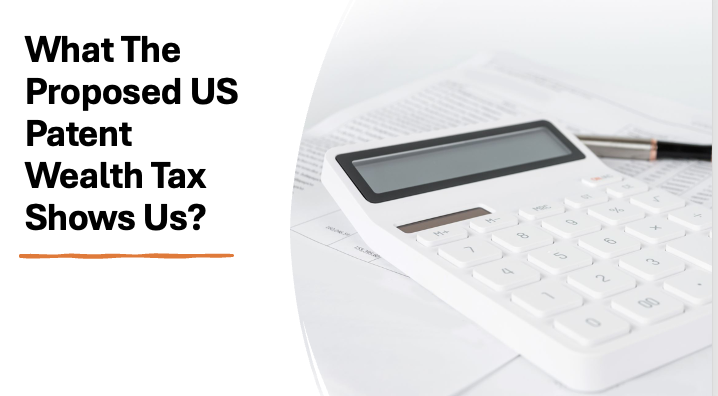What the Proposed US Patent Wealth Tax Shows Us?
The US government wants to charge patent owners a tax proportionate to the value of the patents.
If there is a one patent to product ratio and that product generates revenue valuation might be easier, for example a GLP1 patent and a $4bn revenue stream
But much less easy with a mobile phone or drone where there might be 1,000 patents associated with the product!
What is the value of each one? Is one more valuable than others? What is the value hierarchy?
Most of the 3.1m patents in force in the US at the moment are not associated with successful profitable and valuable products or services in the market place.
The vast majority of patents are defensive, exploratory, working in conjunction with strategy and other IP assets, but not directly monetised through a marketable product or service or direct sales of the patent asset itself.
So how do you value such patents?

There is a theory held by patent offices around the world that if you keep a patent for a long time (maximum twenty years) then it must be valuable, so they charge you more for the renewal fee the older the patent is.
There remains good value to patents, and this comes from patent families combined with strategy and other IP rights like trade secrets and trademarks, their value in defence, possibly freedom to operate and signals to investors, competitors and other stakeholders. This however is not easy to place a fair value on.


Leave a Reply